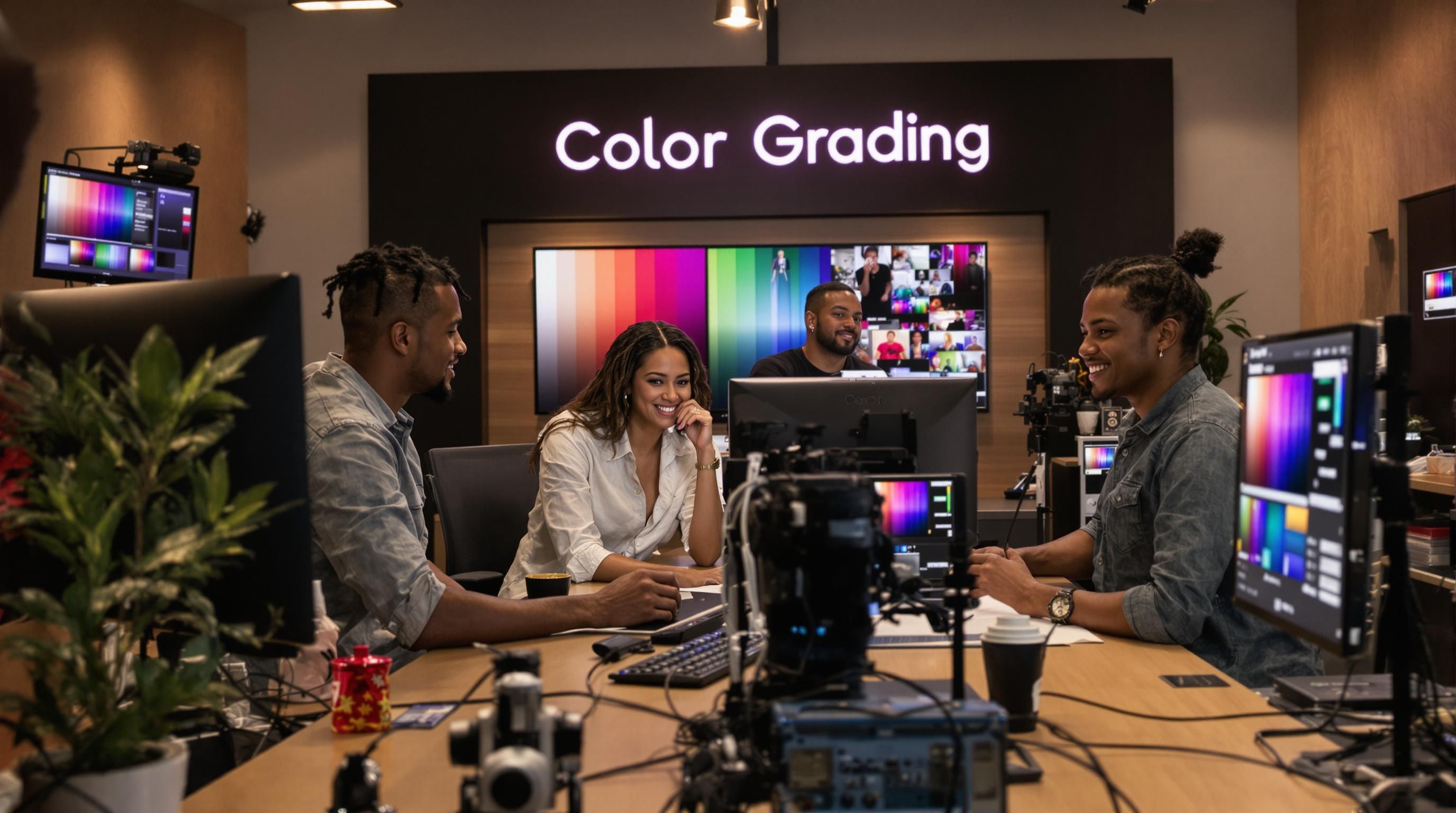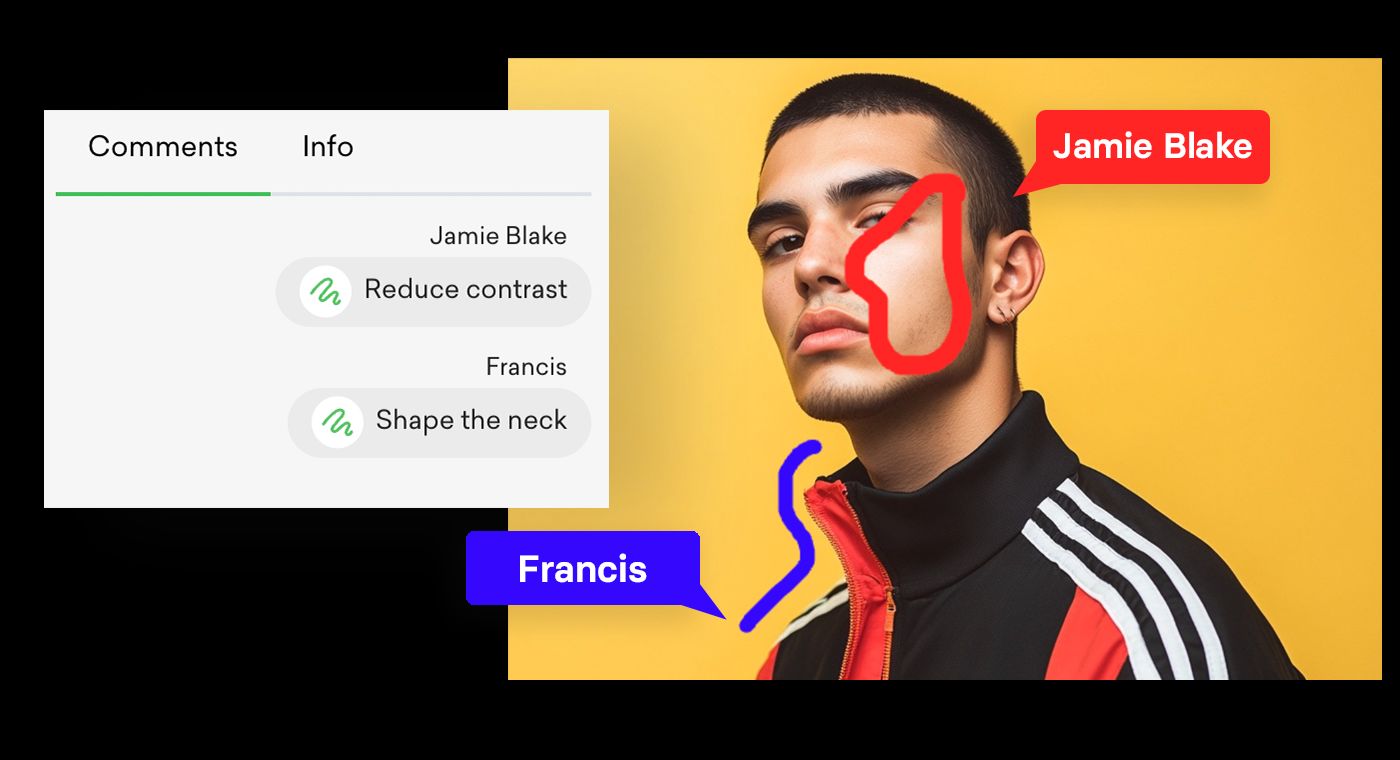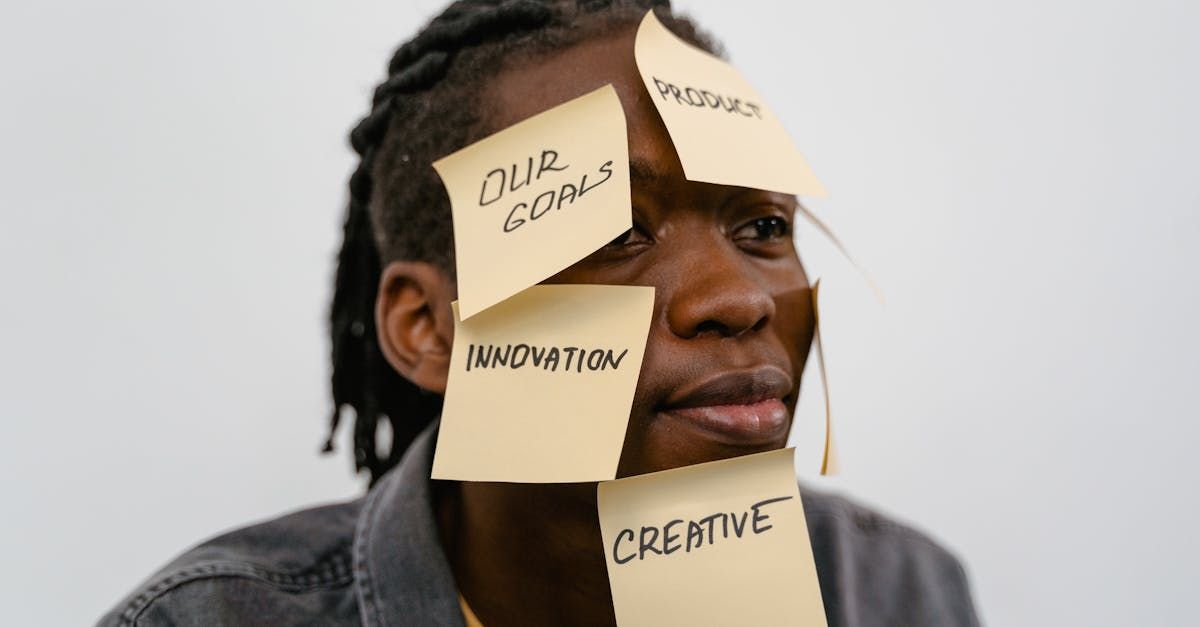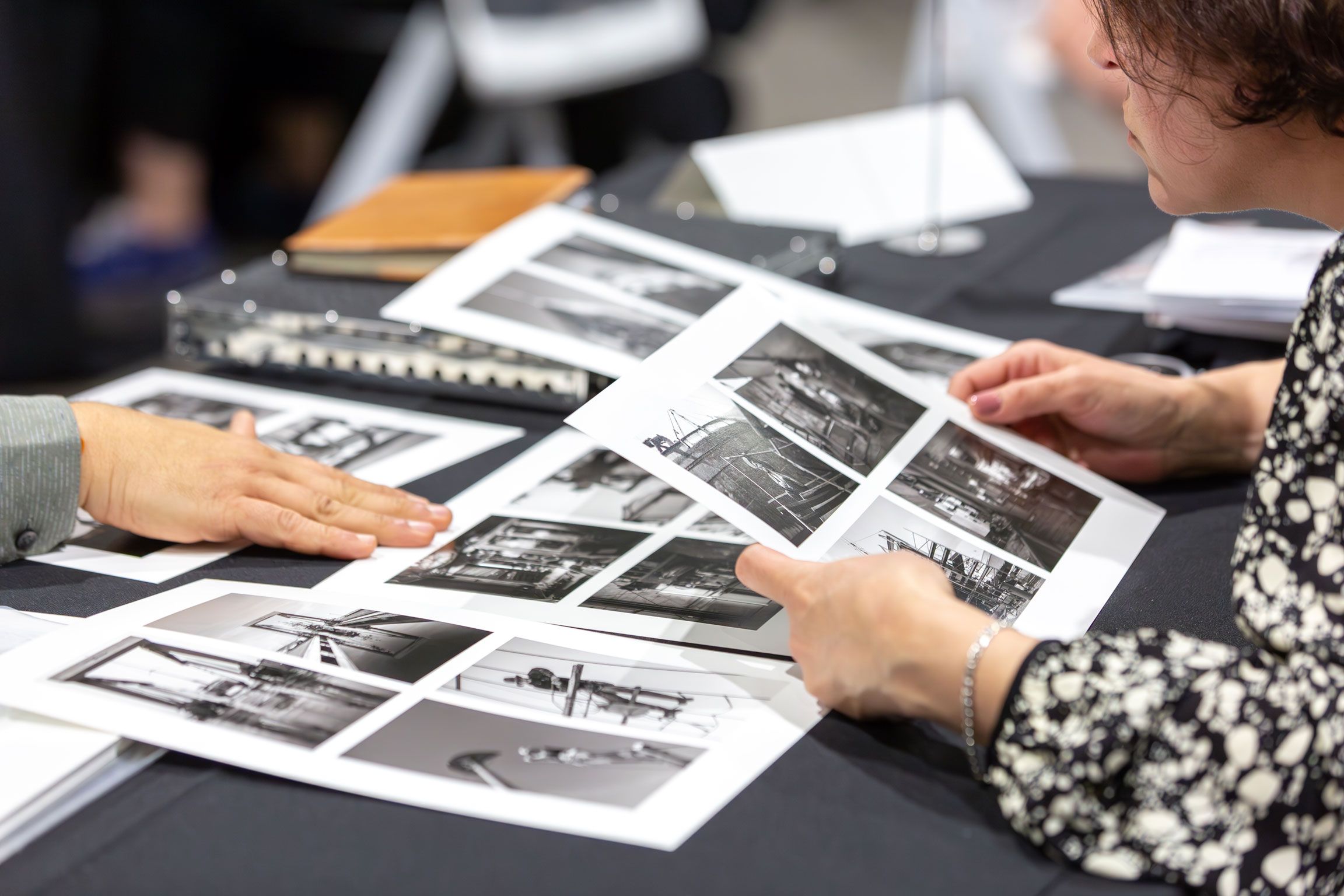Creative portfolios are changing fast and the competition is getting fierce. Here is something that might surprise you. AI-driven features now let portfolios adapt to each viewer, even curating content for specific industries or interests. Most people still think a strong portfolio just needs beautiful images or slick layouts, but that approach is getting left behind. In 2025, the smartest creatives are turning their portfolios into immersive, interactive stories that feel almost alive—and it’s rewriting the rules on what really stands out.
Table of Contents
Quick Summary
| Takeaway | Explanation |
| Embrace Interactive Design | Incorporate scroll-based animations, hover effects, and micro-interactions to engage viewers more dynamically, transforming portfolio viewing into an active experience. |
| Curate with Purpose | Select 16-20 of your strongest works across diverse projects, ensuring each piece showcases specific skills and contributes to a focused narrative. |
| Integrate Multimedia | Blend various media types—photography, video, interactive designs—to create dynamic presentations that highlight your technical versatility and storytelling capabilities. |
| Maintain Consistent Visual Identity | Establish a clear and cohesive design language through unified typography, color schemes, and layouts to reflect your professional brand across all portfolio sections. |
| Prioritize Technical Quality | Ensure high-resolution images, optimized loading performance, and cross-platform compatibility to present a professional and polished digital portfolio. |
Top Creative Portfolio Design Trends 2025
The creative portfolio landscape is rapidly evolving, driven by technological innovations and changing visual communication standards. Professionals across design, photography, and visual arts are reimagining how they showcase their work to stand out in an increasingly competitive digital environment.
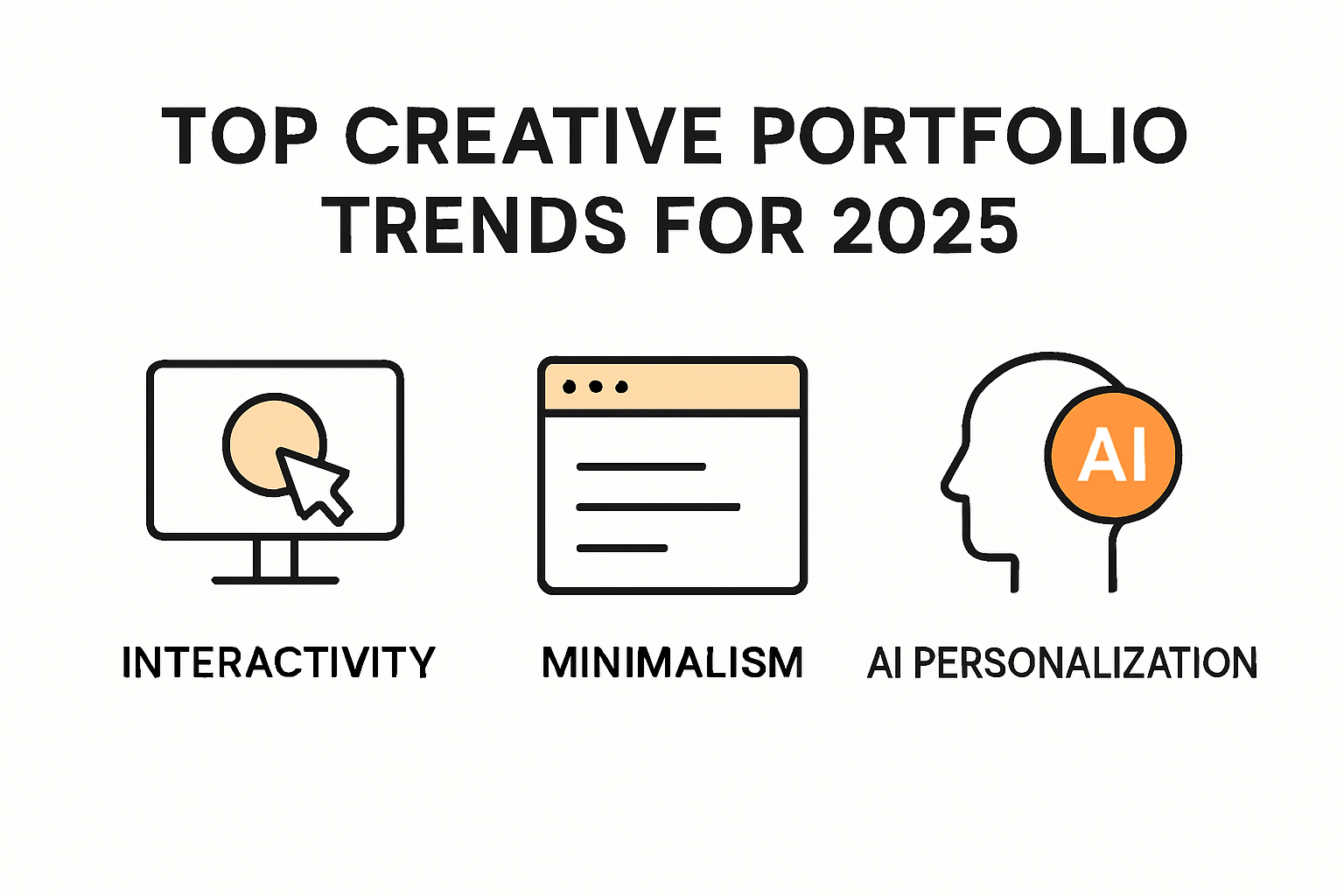
Interactive and Immersive Design Experiences
Modern portfolios are moving far beyond static image galleries. Adobe’s Creative Trends Report highlights a significant shift towards interactive and immersive design experiences that engage viewers more dynamically. This trend involves incorporating scroll-based animations, hover effects, and micro-interactions that transform portfolio viewing from a passive to an active experience.
Designers are now integrating sophisticated interaction design principles that respond to user movements. For instance, images might subtly shift perspective as viewers move their cursor, or project details could emerge through layered, animated transitions. These techniques not only showcase technical skills but also demonstrate a designer’s ability to create engaging digital experiences.
Minimalist Layouts with Strategic Visual Complexity
Contrary to previous design philosophies, 2025’s portfolio trends blend minimalism with strategic visual complexity. Behance Design Insights reveals that successful portfolios are adopting clean, uncluttered layouts enhanced with purposeful design elements. This approach involves using subtle shadows, strategic color accents, and thoughtful typography to guide viewer attention without overwhelming the core visual content.
The goal is to create a visual hierarchy that allows individual projects to shine while maintaining an overall cohesive aesthetic. Designers are using whitespace more intelligently, creating breathing room that makes each project feel significant and intentional. Bold, minimal color palettes combined with elegant typography help communicate professionalism and design sophistication.
AI-Enhanced Personalization and Dynamic Content
Artificial intelligence is revolutionizing portfolio design by enabling unprecedented levels of personalization and dynamic content generation. Creative Technology Quarterly reports that AI tools are now capable of generating contextually relevant case study summaries, automatically curating project collections based on viewer interactions, and even creating personalized portfolio experiences.
These AI-driven features allow creative professionals to showcase not just their visual work but their entire professional narrative. Portfolios can now dynamically adapt content based on viewer preferences, industry background, or specific interests. For example, a graphic designer might have their portfolio subtly adjust its presentation for a potential client in tech versus one in fashion, highlighting the most relevant projects and skills.
The convergence of design trends in 2025 represents more than aesthetic evolution - it reflects a deeper understanding of digital storytelling. Creative professionals are no longer just displaying work but crafting immersive, intelligent experiences that communicate their unique vision and capabilities. By embracing interactive design, strategic minimalism, and AI-powered personalization, portfolios are becoming powerful tools for professional communication and personal branding.
Below is a comparative summary table of the three major portfolio trends for 2025, outlining their core features and benefits:
| Trend | Key Features | Main Benefit |
| Interactive & Immersive Experiences | Scroll animations, hover effects, micro-interactions | Higher viewer engagement and active exploration |
| Minimalist w/ Visual Complexity | Clean layouts, strategic color/typography, intentional use of whitespace | Elevates focus on content while maintaining sophistication |
| AI-Enhanced Personalization & Dynamic | AI-driven curation, adaptive content, custom case studies | Tailored experience that aligns with viewer interests |
Standout Portfolio Examples for Creatives
Creative professionals understand that a portfolio is more than a collection of work - it is a strategic narrative that communicates skill, vision, and professional identity. Exceptional portfolios transcend traditional display methods, transforming into compelling visual stories that capture potential clients’ and employers’ attention.
Narrative-Driven Visual Storytelling
College for Creative Studies emphasizes the importance of portfolios that go beyond mere image presentation. Outstanding examples demonstrate how creative professionals can weave a cohesive narrative through their work. This approach involves curating projects that not only showcase technical proficiency but also reveal the creator’s unique perspective and problem-solving approach.
For instance, a graphic designer might structure their portfolio to show project evolution - from initial concept sketches through final execution. This method allows viewers to understand the designer’s creative process, decision-making skills, and ability to transform abstract ideas into concrete visual solutions. Each project becomes a chapter in a larger professional story, revealing depth beyond individual artifacts.
Multimedia and Interdisciplinary Showcases
Old Dominion University’s ePortfolio Gallery highlights the power of multimedia integration in modern portfolios. Exceptional examples now seamlessly blend various media types - photography, video, interactive designs, and written case studies - to provide a comprehensive view of a creative professional’s capabilities.
Photographers might include behind-the-scenes video clips alongside final images, demonstrating technical skill and creative vision. Illustrators could integrate animated sequences that show character design progression. Web designers might embed interactive prototypes that showcase user experience considerations. 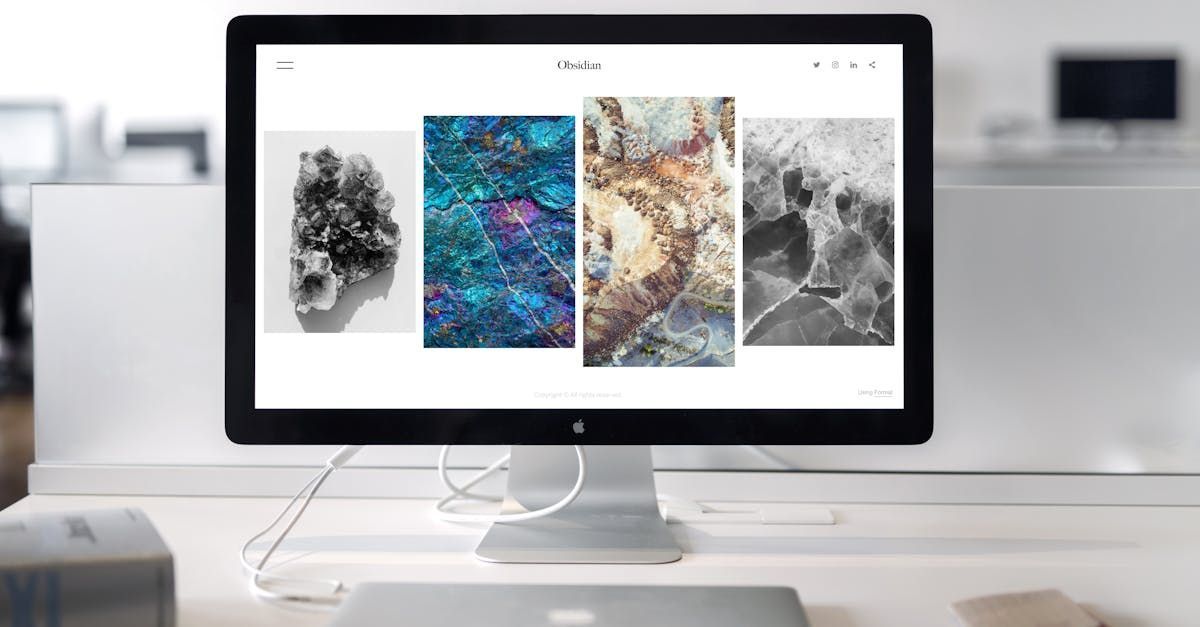 These multifaceted presentations transform portfolios from static displays into dynamic, engaging experiences that communicate versatility and technical expertise.
These multifaceted presentations transform portfolios from static displays into dynamic, engaging experiences that communicate versatility and technical expertise.
Strategic Curation and Contextual Presentation
The most compelling portfolios are meticulously curated to reflect not just individual projects but broader professional goals. Creative Professional Network suggests that standout portfolios strategically select and arrange work to highlight specific strengths and target desired professional opportunities.
This might mean organizing projects to demonstrate expertise in specific industries or design styles. A motion graphics artist could create sections that showcase work for technology companies, entertainment brands, and educational institutions. Each section would include context about the project’s challenges, the creative approach, and the specific skills employed. By providing this deeper narrative, professionals transform their portfolios from simple image galleries into powerful career communication tools.
Standout portfolio examples in 2025 represent a sophisticated blend of visual storytelling, technical demonstration, and personal branding. They are no longer just collections of work but strategic platforms that communicate a creative professional’s unique value proposition. By embracing narrative techniques, multimedia integration, and thoughtful curation, these portfolios become powerful instruments of professional communication and career advancement.
Tips for Crafting an Impactful Creative Portfolio
Creating an exceptional creative portfolio requires strategic planning, thoughtful curation, and a deep understanding of professional presentation. While talent forms the foundation, the way creative professionals showcase their work can significantly impact career opportunities and professional perception.
Below is a table summarizing best practices for building and maintaining a creative portfolio, offering a quick-reference guide for successful development:
| Best Practice | Description | Frequency/Method |
| Strategic Project Selection & Curation | Choose 16-20 strongest works across 3-4 diverse projects to showcase skills and versatility | Curate per audience/context |
| Contextual Storytelling & Documentation | Add concise descriptions about process, challenges, contributions, and results for each project | For every portfolio project |
| Continuous Portfolio Evolution | Regularly update, remove outdated works, and realign with career goals | Review every 6 months |
Strategic Project Selection and Curation
Prospects Career Guidance recommends selecting 16-20 of your strongest works across 3-4 diverse projects. This approach demonstrates versatility while maintaining a focused narrative. The key is not quantity but quality - each piece should represent a specific skill, technique, or creative approach that distinguishes your professional identity.
When curating your portfolio, consider the specific context of your audience. A portfolio targeting a design agency will differ significantly from one aimed at fine art galleries. Professionals should carefully analyze each piece, asking critical questions: Does this project showcase my unique perspective? Can viewers understand the creative challenge and my solution? Does this work represent my current skill level and future aspirations?
Contextual Storytelling and Project Documentation
Auckland University of Technology emphasizes the importance of providing context for each portfolio piece. Simply displaying images is insufficient - creative professionals must craft compelling narratives around their work. This involves creating concise descriptions that explain project inspiration, technical approaches, specific challenges overcome, and individual contributions in collaborative settings.
Effective project documentation goes beyond technical details. It should reveal your creative thought process, problem-solving skills, and professional approach. For collaborative projects, clearly articulate your specific role and unique contributions. Include details about design methodologies, technical constraints, client requirements, and innovative solutions you developed. This narrative approach transforms portfolio pieces from passive displays into active demonstrations of professional capabilities.
Continuous Portfolio Evolution and Maintenance
Mold Studio Design Network highlights the critical importance of regularly updating your portfolio. Creative portfolios are living documents that should dynamically reflect professional growth and current capabilities. This means consistently removing outdated works, incorporating recent projects, and realigning your presentation to match evolving career goals.
Professional portfolio maintenance involves more than just adding new work. It requires periodic critical assessment of your entire collection. Every six months, review your portfolio with a critical eye. Ask yourself: Do these projects still represent my best work? Do they align with my current professional direction? Are there emerging skills or techniques I can showcase? By treating your portfolio as an ongoing project, you ensure it remains a powerful tool for professional communication.
Crafting an impactful creative portfolio is an art form in itself. It requires a delicate balance between showcasing technical skills, communicating professional narrative, and maintaining a forward-looking perspective. Successful portfolios are not static collections but dynamic representations of creative potential - they tell a story of innovation, skill progression, and professional vision. By implementing strategic curation, contextual storytelling, and continuous evolution, creative professionals can transform their portfolios from simple displays into powerful career advancement tools.
Essential Elements Every Portfolio Needs
A compelling creative portfolio is more than a random collection of work - it is a strategic presentation that communicates professional identity, skills, and potential. Understanding the essential elements that transform a portfolio from ordinary to exceptional is crucial for creative professionals seeking to make a lasting impression.
Visual Identity and Consistent Design Language
Fiveable Creative Development Guide emphasizes the critical importance of establishing a clear and consistent visual identity throughout a portfolio. This goes beyond individual project presentation and involves creating a cohesive design language that reflects the creator’s aesthetic sensibility and professional brand.
Consistent design means maintaining uniform typography, color schemes, and layout principles across all portfolio sections. For visual artists, this might involve using a specific color palette that complements their work. For graphic designers, it could mean developing a grid system that provides structural harmony to project displays. The goal is to create a viewing experience that feels intentional and professional, where the portfolio’s design itself becomes a demonstration of design skills.
Compelling Project Documentation and Contextual Narrative
Molly Schreiber Professional Portfolio Insights recommends incorporating comprehensive project descriptions that provide depth beyond visual representation. Each project should include a concise yet informative narrative that explains the creative process, challenges encountered, and solutions developed.
Effective project documentation typically includes:
-
Project Context: Brief background explaining the initial challenge or client requirements
-
Creative Approach: Description of conceptual development and design methodology
-
Technical Details: Specific tools, techniques, and skills employed
-
Outcomes and Impact: Measurable results or professional significance of the project
Additionally, an artist statement serves as a critical narrative element. This personal introduction provides insight into your creative philosophy, professional motivations, and unique perspective. It transforms the portfolio from a mere collection of work into a comprehensive professional story.
Technical Quality and Professional Presentation
Creative Portfolio Development Resources highlight the non-negotiable requirement of exceptional technical quality in portfolio presentation. This encompasses multiple dimensions beyond visual aesthetics.
To clarify technical quality requirements, here’s a checklist table summarizing key elements for a professional portfolio:
| Technical Requirement | Description | Status (Y/N) |
| High-resolution images | Images are clear, professionally photographed/digitized | |
| Proper file formatting | File types maintain image integrity | |
| Fast loading performance | Portfolio loads quickly, images are optimized | |
| Cross-platform compatibility | Responsive design for all devices | |
| Accessible (alt text, etc.) | Includes alt text, user-friendly navigation |
Professional portfolios must also demonstrate attention to detail in file organization, metadata, and accessibility. This means providing clear file names, including alt text for images, and ensuring that digital portfolios are easily navigable and user-friendly.
Creating an exceptional portfolio is an ongoing process of refinement and strategic presentation. It requires balancing technical precision with creative storytelling, transforming individual projects into a comprehensive narrative of professional capability. By focusing on consistent design, compelling documentation, and technical excellence, creative professionals can develop portfolios that not only showcase their work but also communicate their unique professional identity and potential.
Frequently Asked Questions
What are the top design trends for creative portfolios in 2025?
In 2025, the top design trends for creative portfolios include interactive and immersive experiences, minimalist layouts with strategic visual complexity, and AI-enhanced personalization that dynamically curates content based on viewer preferences.
How can I make my creative portfolio stand out?
To make your portfolio stand out, focus on interactive design elements, curate a selection of your best works, integrate multimedia presentations, and maintain a consistent visual identity that reflects your personal brand.
What essential elements should every creative portfolio include?
Every creative portfolio should include a cohesive visual identity, compelling project documentation that tells a story, and high technical quality in presentation, including optimized images and responsive design for all devices.
How often should I update my creative portfolio?
You should aim to review and update your creative portfolio every six months. This includes removing outdated work, adding new projects, and ensuring your portfolio aligns with your current skills and professional goals.
Ready to Build a Portfolio That Stands Out in 2025?
You put so much time into curating interactive stories, using AI-driven personalization, and maintaining a professional visual identity. Yet, when it comes time to present or deliver your work to clients and collaborators, you might find yourself stuck with clunky folders, messy file sharing, or generic galleries that undercut your creative vision. The article showed how vital it is to showcase your portfolio with purpose and polish. Pikd makes it easy to present high-resolution visuals, control how your work is seen, and gather real feedback—without the hassle.

If you want every detail of your portfolio to reflect your skills and commitment to quality, Pikd can help. Upload your images or videos, organize them into custom branded galleries, and invite others for seamless review or download—all in a beautiful, client-friendly experience. No apps or signups needed. Visit Pikd today and show your portfolio at its absolute best. Your next project deserves a platform as creative as you are.









